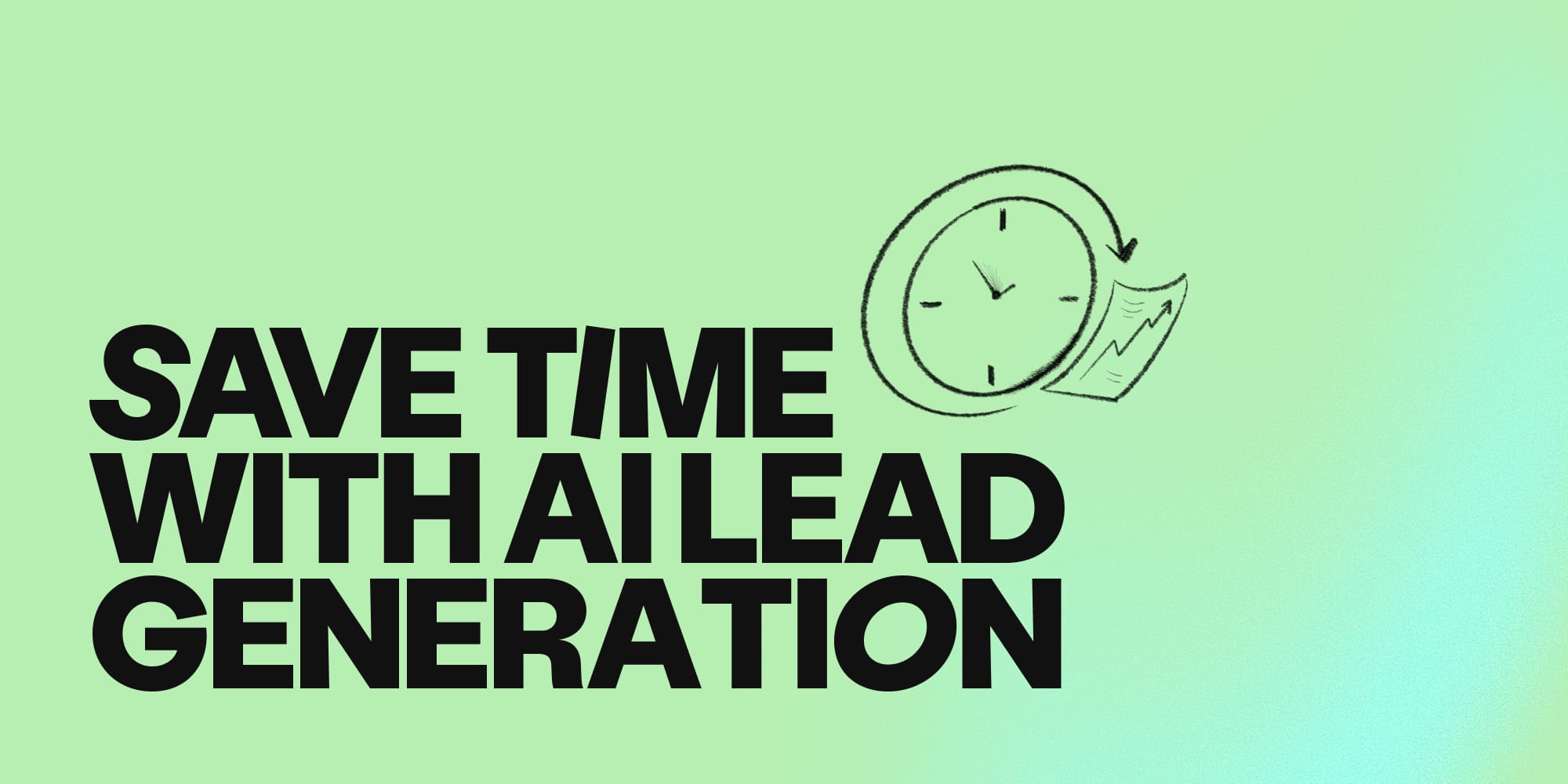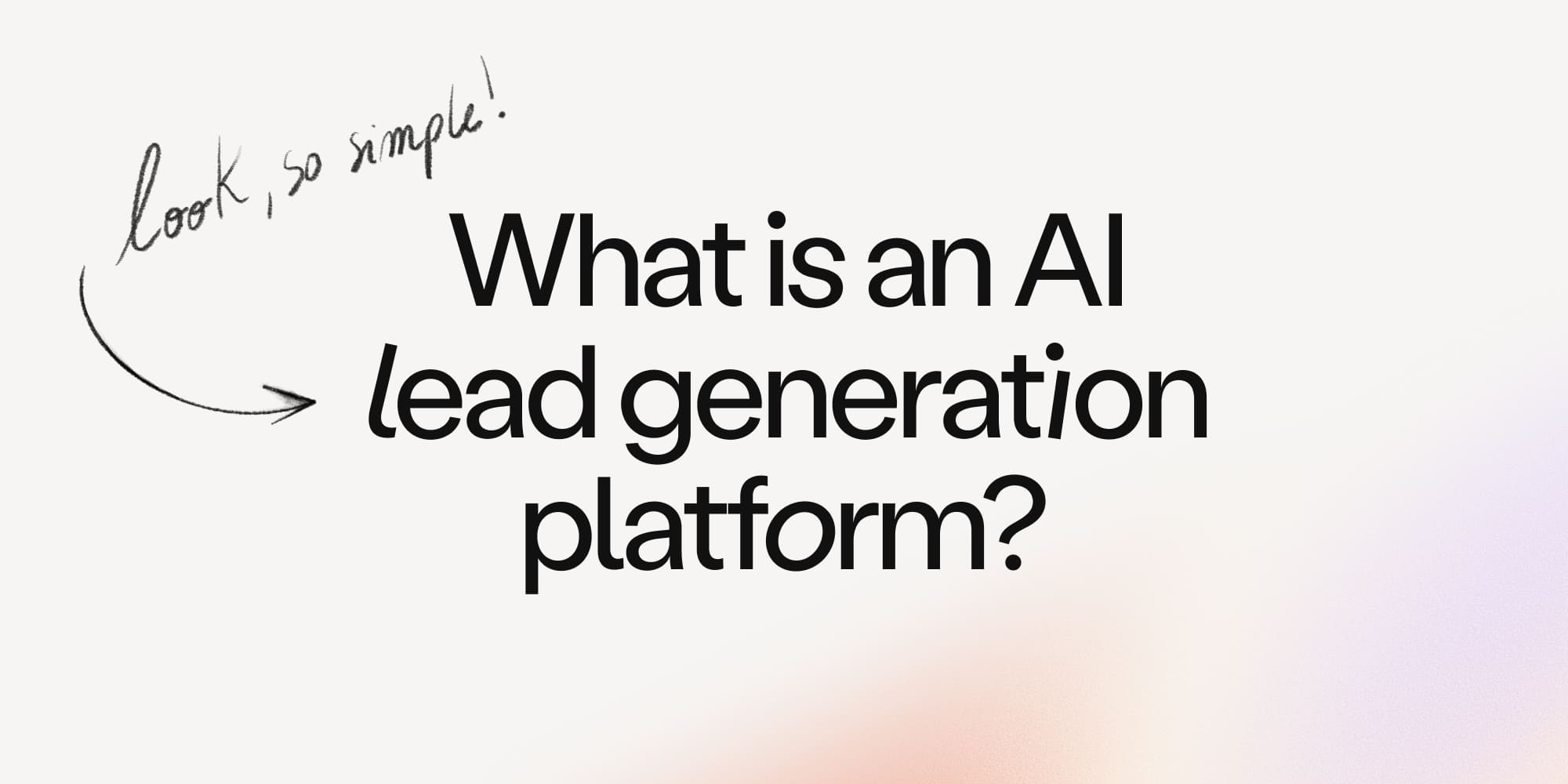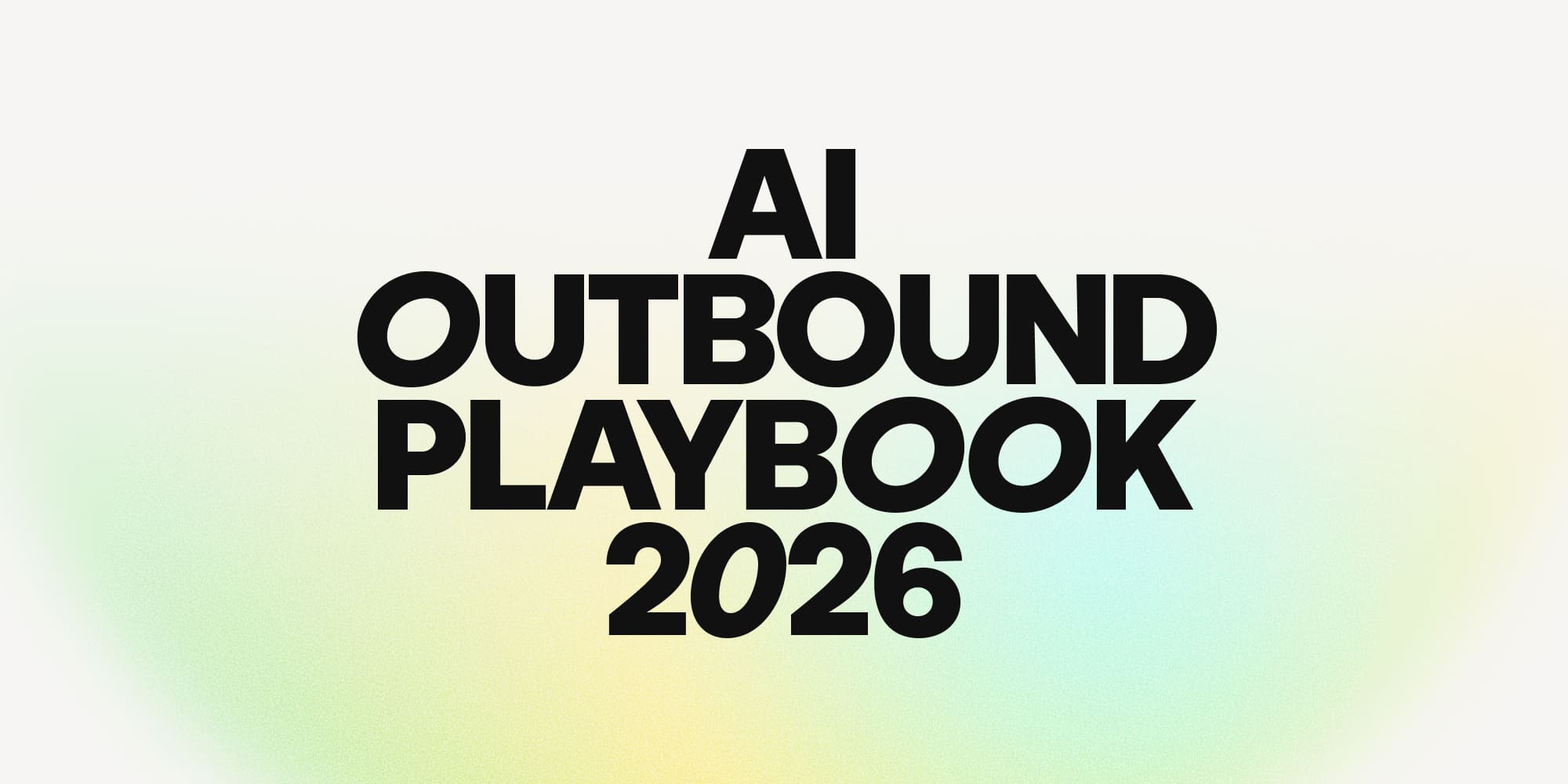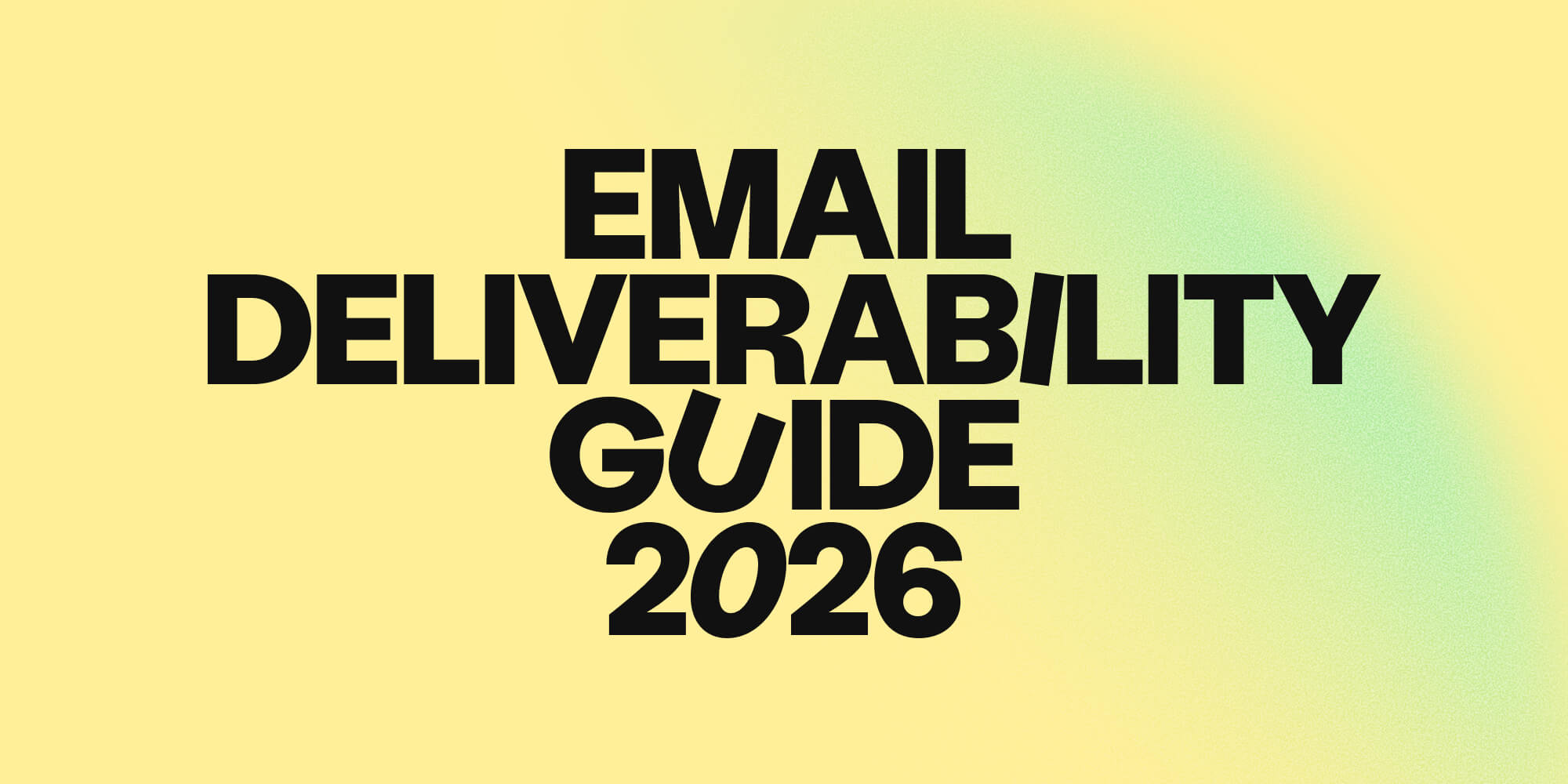B2B vs B2C sales: what's the difference?
•
July 23, 2024
.jpg)
Are you in the B2B game or the B2C game? Do you even know the difference? Read on to learn how they differ — and where they can borrow from each other!
In case you hadn’t noticed, not all selling is the same.
Are you in the B2B game or the B2C game? Do you even know the difference?
In this blog, we’ll shine a light on the key differences between B2B and B2C (business-to-consumer) sales, talk about common challenges in both, and provide effective strategies to help you succeed in your sales role!
Defining B2B and B2C Sales
What is B2B Sales?
B2B is short for business-to-business. Unsurprisingly, it refers to transactions between businesses.
These sales are typically characterized by longer sales cycles, multiple decision-makers, and larger transaction values - because business purchases tend to require serious cost-benefit analysis.
Examples of B2B include selling software or IT hardware to companies, or providing manufacturing equipment to factories.
What is B2C Sales?
B2C is short for business-to-consumer. Instead of selling to business clients, B2C sellers sell directly to end customers.
These sales are usually quicker, with simpler decision-making processes, more streamlined transactions, and lower purchase values.
Examples include selling clothes online or offering streaming services to individuals.
Key differences between B2B and B2C sales
Sales cycle length
It’s fair to say that B2B sales cycles tend to be much longer than B2C ones.
In B2B, the process involves research, proposal, negotiation, and multiple approvals, often taking months or even years!
In contrast, B2C sales cycles can be as short as a few minutes to a few days, since individual consumers tend to make quicker decisions.
This difference in pace affects the way sales funnels are managed between B2C and B2B:
- B2B processes are more likely to be (but not exclusively!) sales-led - i.e. actual salespeople guide prospects through the buying journey to handle objections, demo products, answer questions, and negotiate pricing.
- B2C sales favors product-led funnels, where buyers can self-serve, purchase, and even activate a product without engaging directly with a salesperson.
Decision-making process
In B2B sales, the decision-making process is complex, typically involving several stakeholders such as managers, procurement officers, and executives.
Each stakeholder may have different criteria and priorities, so B2B sellers have to learn how to engage and pitch to different buying personas and head off objections from different perspectives.
Meanwhile, B2C decisions are often made by a single individual or a small group, like a family.
The process is much faster and more straightforward, and B2C sellers will try to take advantage of “impulsive” decision-making with irresistible deals or limited-time offers.
Value proposition and ROI
Winning over multiple stakeholders depends on B2B sellers being able to demonstrate return on investment (ROI) and long-term value.
Products and services are often customized to meet specific organization needs, so value propositions focus on delivering sustainable and measurable business benefits, such as:
- Efficiency gains
- Cost savings
- Revenue growth
- Scalability
- etc.
B2C messaging, on the other hand, tends to highlight immediate benefits, emotional appeal, and personal satisfaction, aiming to tap into buyer’s immediate needs and wants.
Market size and lead volume
B2C markets are generally much larger than B2B markets. There are far more individual consumers than businesses, which means B2C companies can target a vast audience!
The target audiences for B2B companies are much smaller and more specialized, delivering for specific use cases in individual industries, locations, functions etc.
As a result, B2B sellers have to invest time in qualifying prospects to make sure they’re focusing on quality over quantity of leads.
And at the end of the sales funnel, B2B sellers are much more hands-on in cultivating customer relationships and fostering loyalty because more revenue is on the line!
Strategies for successful B2B sales
- Refine your customer targeting and value proposition: B2B customers need to know that your product delivers on the value you promise. This means making sure your pitch aligns with real pain points and that your solution solves them.
- Read the data: The better you understand your customer's needs, the more you can personalize your approach and improve your engagement with other customers.
- Streamline the sales process: Keeping friction to a minimum during the buying journey will go a long way in winning over diverse stakeholders. This means being highly responsive to enquiries, open to feedback, and willing to go the extra mile in providing value for prospects.
- Build long-term relationships: You can’t afford to be transactional in B2B sales. You need to focus on building trust and long-term partnerships with your clients by being attentive and helpful beyond the sale itself. Happy customers = renewals - or even referrals!
Strategies for Successful B2C Sales
- Be hyper-engaging: Video marketing, blogs, and social media to capture consumers’ attention as their surfing the web and make them aware of your product offering.
- Build personalized experiences: Using data like website visits and cookies, you can personalize purchase recommendations and marketing messages to each customer. People are more likely to purchase things that are curated around their interests!
- Make purchasing simple: B2C consumers don’t want to contact your support or sales team. They want to be able to self-serve, and the faster you can convert them, the less likely you are to lose them! Ensure your website is user-friendly and that purchasing processes are intuitive - especially for mobile devices.
- Leverage emotion: By highlighting the emotional benefits of your products, you can leverage FOMO and buying psychology in your favor to drive impulse purchases.
Sales tips for B2B and B2C sales professionals
B2B and B2C may be very distinct, but we’ve seen in recent years that B2B sellers are being more creative in borrowing strategies from B2C sellers - and vice versa.
Here are some common strategies that can help both:
Make the most of social media
Social media isn't just for B2C sales! LinkedIn is invaluable for B2C companies looking to drive brand awareness, and it also provides an opportunity for individual sales reps to cultivate their own personal branding.
Platforms like LinkedIn, Twitter, Facebook, Instagram, and TikTok can be used to find and engage with prospects in both markets.
Expand your market reach
B2B and B2C aren’t always mutually exclusive!
Companies like Apple and Microsoft successfully cater to both B2B and B2C customers.
By adapting your value proposition and positioning, you can diversify your customer base and boost your revenue!
Follow up on leads
Generating more leads should mean more sales, but only if you follow through!
Following up with new resources, offers, or reminders is a great way to reignite interest for both B2C or B2B prospects.
Go with what’s trending
Marketing trends can significantly influence buying decisions. Stay informed and be selective about which trends to adopt, and be creative in how you apply them to your B2B or B2C marketing messaging.
Use CRM software
A good CRM helps you manage your customer relationships from initial contact to closing the deal. It will help you organize and streamline your sales process, ensuring you stay on top of your leads and that no prospects fall through the cracks.
Mastering B2B and B2C sales
Even though B2B and B2C sales are different games, there’s still plenty of overlap! From building strong customer relationships to tapping into data-driven insights and taking advantage of current marketing trends - the best B2B and B2C sellers have learned to borrow tactics from each other for more creative and personalized prospect engagement.
B2C have the opportunity to leverage impulsive buying decisions, so limited-time offers and FOMO messaging goes a long way to driving fast sales.
B2B sellers, meanwhile, have to navigate much longer sales cycles, so buyer engagements need to be attentive without being pushy.
On top of this, B2B sellers will have much more revenue on the line for each deal - so making sure they’re targeting the right people is crucially important!
Amplemarket helps sellers identify their target audience with pin-point precision to keep Customer Acquisition Costs (CAC) low and win rates high! To see how it works, sign up for a demo today.
Subscribe to Amplemarket Blog
Sales tips, email resources, marketing content, and more.










